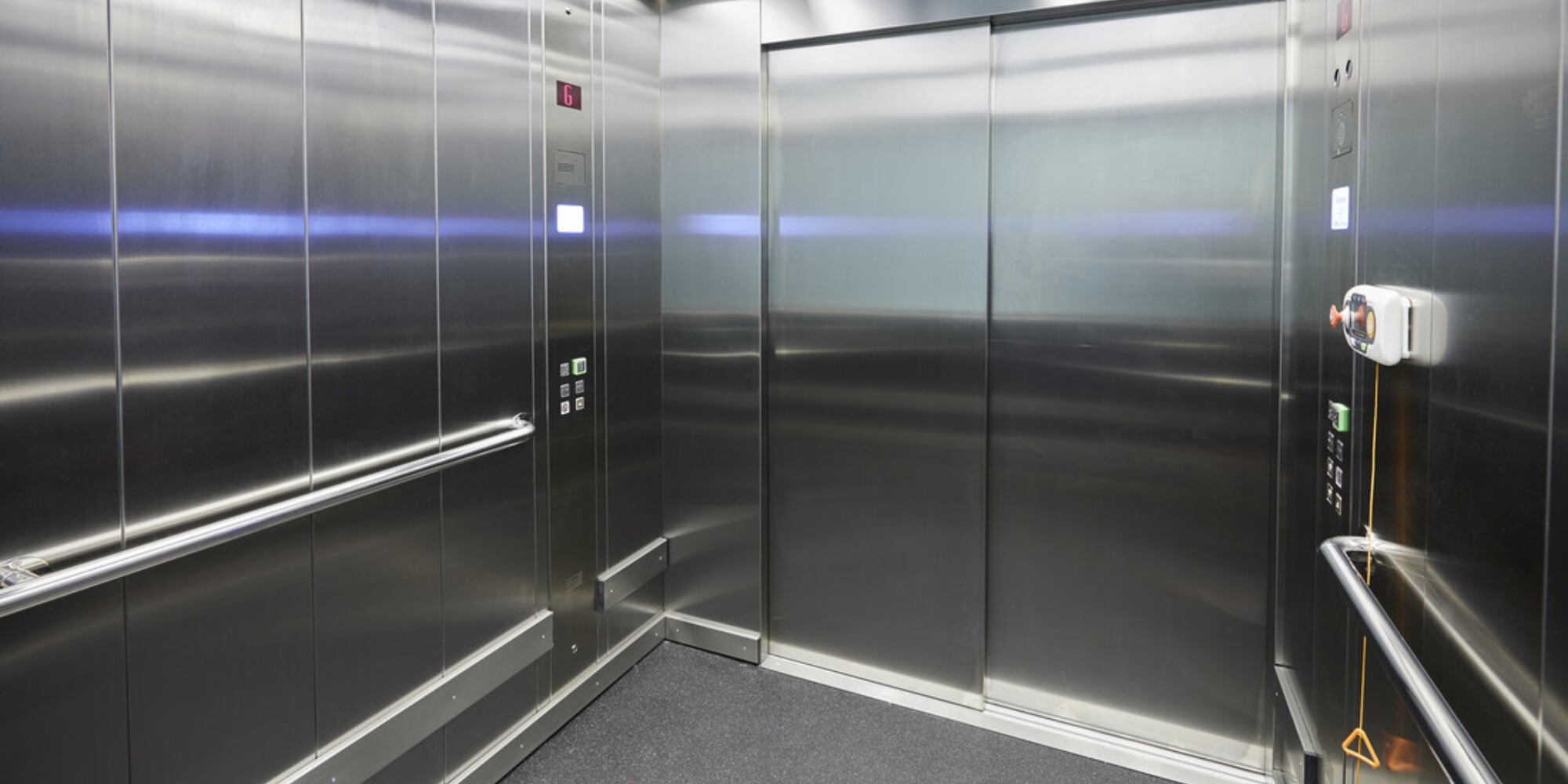Leading Lift Companies in London: Delivering Exceptional Service and Assistance
Leading Lift Companies in London: Delivering Exceptional Service and Assistance
Blog Article
Looking Into the World of Lifts: Typical Issues Faced by Various Lift Mechanisms
As we browse through the vertical transportation systems of modern structures, elevators stand out as an important component of our everyday lives. From hydraulic lifts to grip systems and machine-room-less layouts, each lift type comes with its collection of common issues.
Hydraulic Elevators
Hydraulic lifts, usually preferred for low-rise structures, use fluid pressure to manage the activity of the lift cars and truck (lift repair companies). This system includes a hydraulic pump pushing oil into a cylinder, triggering the lift to move in the wanted direction. While hydraulic elevators are known for their smooth and peaceful operation, they do come with their very own collection of usual issues
One prevalent problem with hydraulic lifts is oil leakage. Additionally, problems with the control system, such as damaged valves or a malfunctioning pump, can create disturbances in the lift's motion.
Routine maintenance and prompt repair work are necessary to guarantee the smooth functioning of hydraulic elevators. By addressing these common problems proactively, structure owners can minimize downtime and guarantee the safety and performance of their upright transport system.
Traction Lifts
When thinking about vertical transportation systems in structures, one more usual kind in addition to hydraulic lifts is the grip elevator. Grip elevators run utilizing a system of ropes and weights that relocate the elevator cars and truck by gripping onto the hoist ropes. This device permits smoother and faster vertical transportation compared to hydraulic systems.
One of the common problems encountered by traction elevators is rope wear. The constant movement of the ropes within the traction system can lead to tear and wear with time, potentially triggering the lift to malfunction or come to be harmful for usage. Regular evaluations and maintenance of the ropes are important to make sure the elevator's proper performance and safety.
One more issue that grip elevators might experience is associated with the control system. Problems with the control system can result in concerns such as erratic activity, delays in reaction times, or perhaps total closures. Routine testing and maintenance of the control system are essential to avoid such concerns and make certain the elevator's dependability.
Machine-Room-Less (MRL) Elevators

Among the vital parts of MRL lifts is the small gearless traction machine that is installed within the hoistway. This maker successfully drives the lift auto without the need for large devices located in standard grip elevators. Furthermore, MRL elevators typically utilize a counterweight system to stabilize the car, additional boosting their energy efficiency.
Regardless of their advantages, MRL lifts may encounter challenges associated to repair and maintenance due to the constrained space for tools setup. Accessibility for servicing components within the shaft can be limited, calling for specialized training for specialists. Correct upkeep schedules and regular evaluations are crucial to guarantee the ongoing smooth operation of MRL lifts.
Overloading and Weight Restriction Issues
Overloading and weight limitation issues are crucial concerns in elevator operations. Lift makers layout lifts with specific weight abilities to make sure traveler check this site out safety and security and tools durability.
When elevators are strained, it places too much stress on the electric motor, cords, and various other elements, potentially causing breakdowns or break downs. If they spot excess weight, security systems such as sensing units and overload sensing units are in location to stop elevators from moving. Furthermore, surpassing weight limits can cause raised power intake and damage on the elevator system.
To reduce straining concerns, building managers need to plainly display weight limits in elevators and inform owners on the relevance of sticking to these restrictions - lift repair companies. Routine upkeep checks by certified technicians can additionally assist ensure that elevators are operating within secure weight criteria. By attending to overloading and weight limit problems proactively, structure proprietors can boost lift safety and performance
Electric System Failures
Surpassing weight restrictions in lifts can not only bring about mechanical issues however likewise possibly add to electric system failures within the lift facilities. Electrical system failures are an important worry in lift operation, as they can trigger unexpected shutdowns, breakdowns, and even safety hazards. One typical electric issue is the getting too hot of parts because of excessive current circulation brought on by overwhelming the elevator past its capacity. This can result in harm to the control, electric motor, or electrical wiring systems, resulting in pricey fixings and downtime.
In addition, power rises or fluctuations in the electric supply can additionally interfere with the lift's operation, influencing its efficiency and safety and security. These electrical disruptions can harm delicate lift elements such as control panels, circuit boards, or sensors, resulting in system go now failures. Normal upkeep and assessments are vital to recognize and deal with potential electrical issues quickly, guaranteeing the safe and effective operation of elevator systems. By adhering to weight restrictions and performing routine electrical system checks, building owners can minimize the risk of electrical failures in lifts.
Conclusion

Hydraulic lifts, frequently preferred for low-rise structures, utilize fluid stress to manage the activity of the lift vehicle.When considering vertical transportation systems in structures, one more common type aside from hydraulic lifts is the grip elevator. Grip get redirected here lifts run making use of a system of ropes and weights that relocate the lift cars and truck by gripping onto the hoist ropes. Unlike traditional elevators that require a different equipment space to house the devices, MRL elevators incorporate many of the parts within the shaft, removing the need for a committed equipment space.In final thought, elevators deal with common problems such as hydraulic breakdowns, grip system failures, and electric system problems.
Report this page